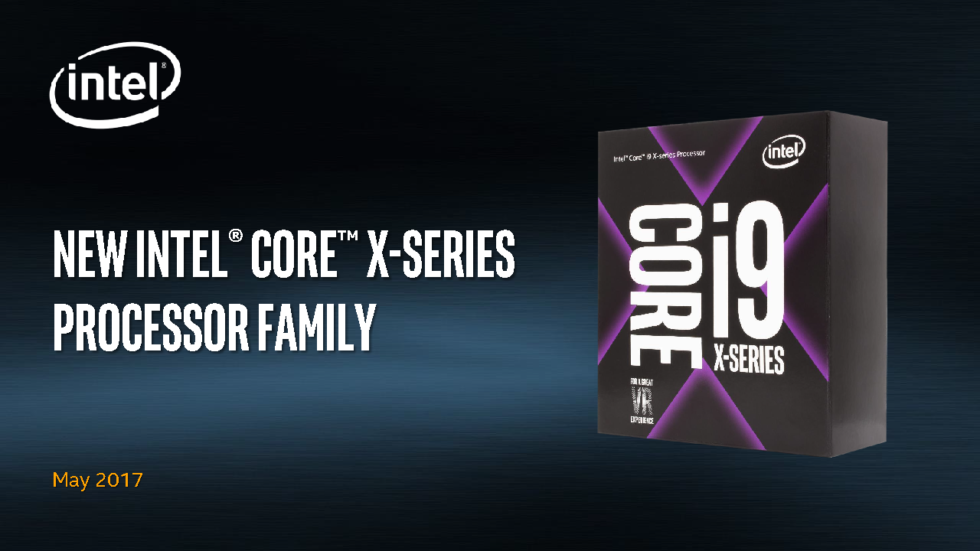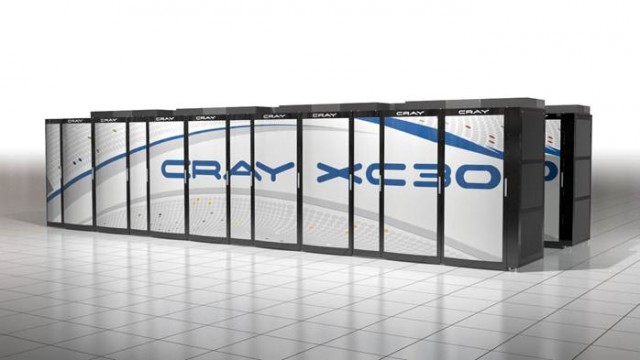Intel unveils X-series platform: up to 18 cores and 36 threads, from $242 to $2,000

Intel
AMD announced its new high-end desktop (HEDT) platform, the 16 core 32 thread ThreadRipper a couple of weeks ago. At Computex in Taipei, it’s Intel’s turn to update its HEDT platform, and it’s one-upping AMD in the process. The Intel platform, consisting of the new X299 chipset and new X-series processors, will go all the way up to 18 cores and 36 threads.
The HEDT segment is aimed at gamers, video streamers, and content creators with deep pockets or an insatiable desire for more concurrent threads than the mainstream processor segment has to offer. The value proposition for this segment is always a little skewed, with the chips being as much prestige parts as anything else. Straightforward gaming workloads may struggled to make full use of the chips’ resources, but serious Twitch streamers, for example, can make good use of the extra cores. Software developers are another group that can make good use of all those cores.
Read 12 remaining paragraphs | Comments











